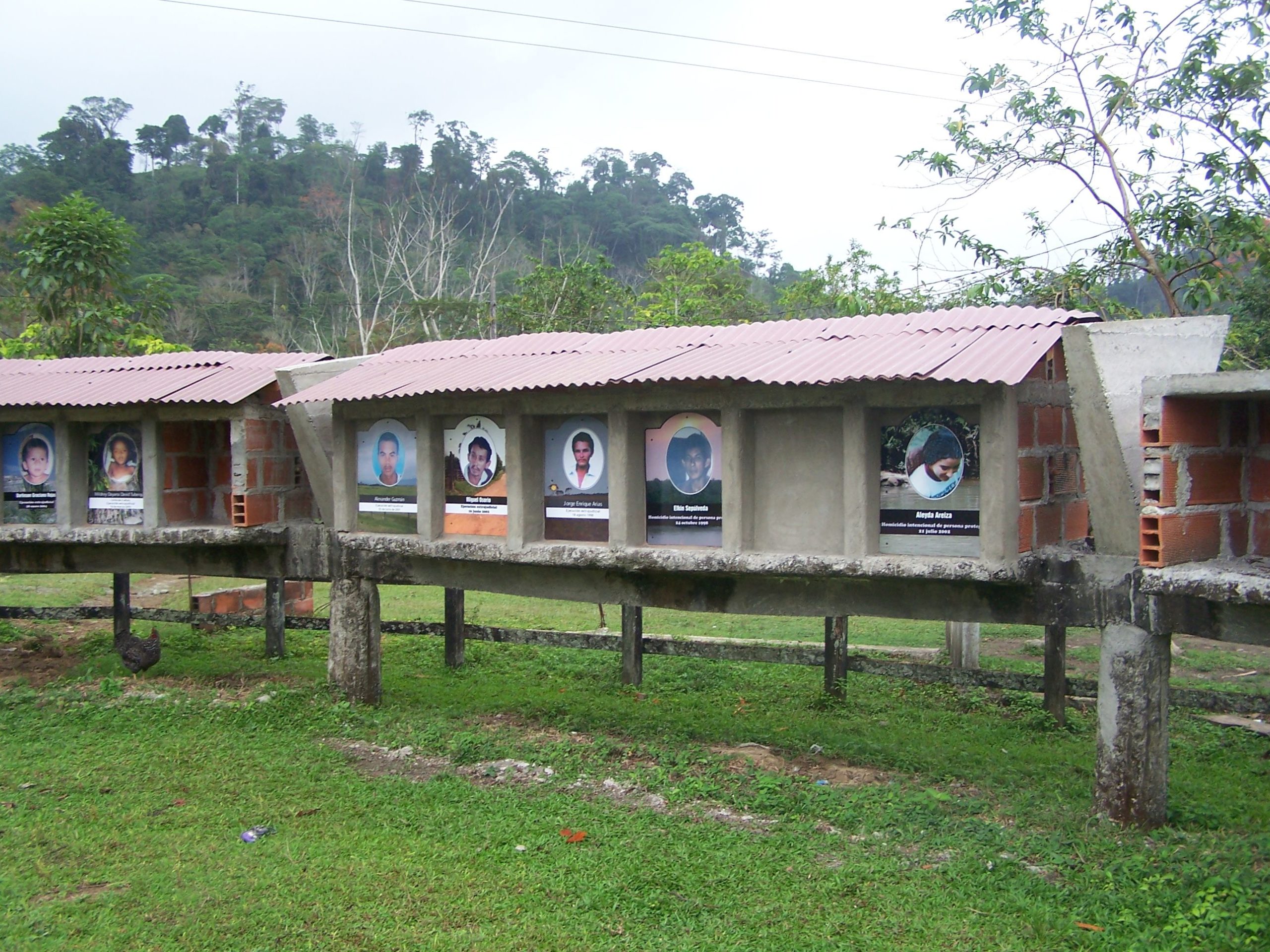Under President Juan Manuel Santos, hopes of peace have been reawakened in Colombia. Unlike his predecessor, whom he served as Defence Minister, Santos recognised that there is an armed conflict in this Andean country, and initiated negotiations between the government and the guerrillas in 2012. At the same time, the government launched various policy measures, firstly to address elements of the political agenda traditionally represented by the FARC rebel movement, and secondly, to maintain support in the conservative camp. It adopted legislation to restore expropriated land to dis – placed persons and provide publicly funded support to victims of the conflict. In parallel, rural development programmes and institutional reforms were announced or initiated. Offers were also made to the traditional elite, whose links with paramilitary structures have become increasingly clear, and to the military in an effort to win at least their partial support for the negotiations and a possible peace process.
to read the full article published in FriEnt Study 06/ 2014 see:
http://www.frient.de/nc/publikationen/dokumente/library/how-do-i-know-strategic-planning-learning-and-evaluation-for-peacebuilding.html.


